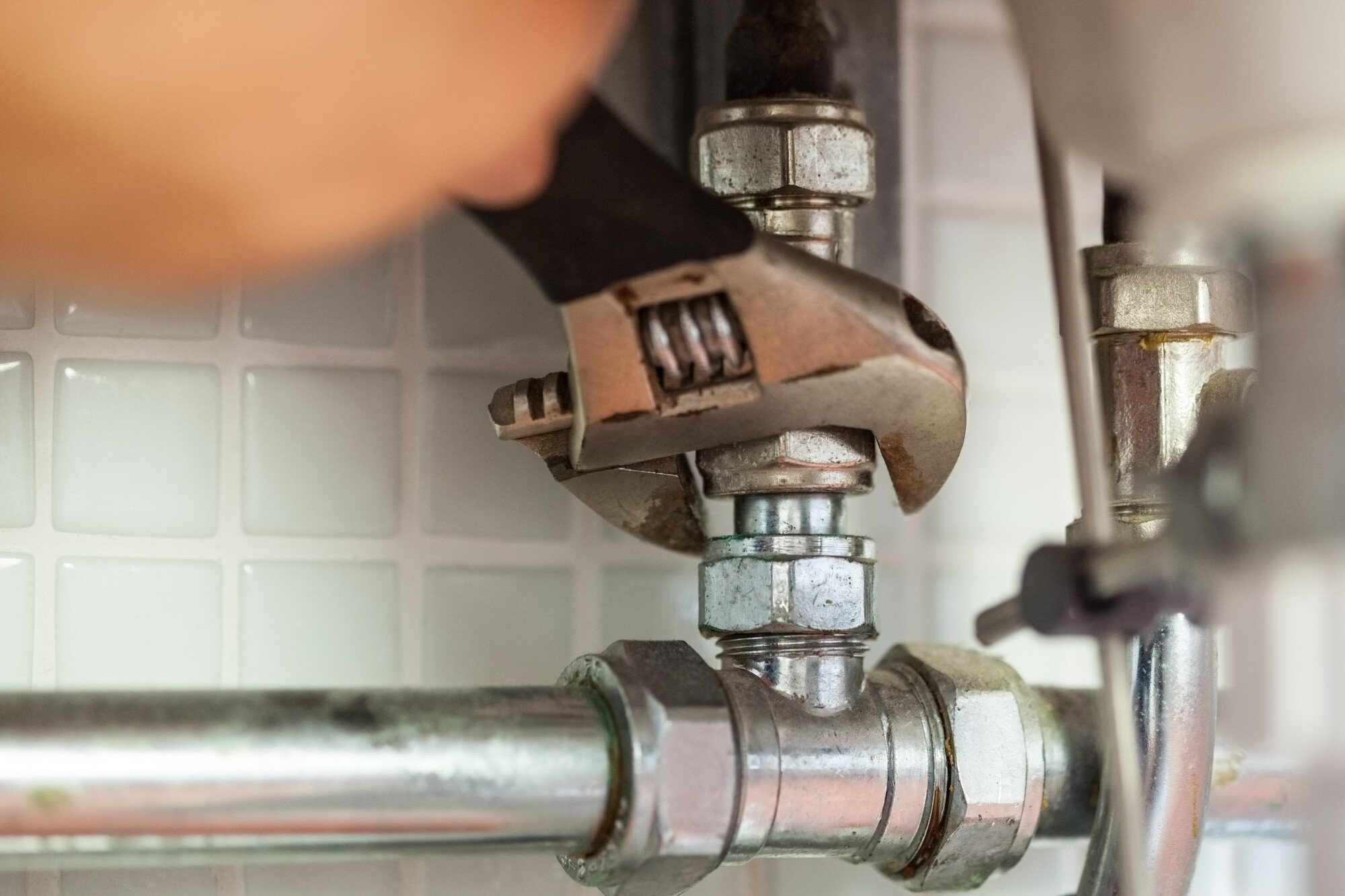How to Properly Maintain an Old Plumbing System
Do you have an old plumbing system that you’re worried about losing control of?
Having an old plumbing system can lead to a wealth of problems lurking around the corner. One of the simplest answers to regain your control is to hire a plumber to service every six months.
To learn more about how to maintain an old plumbing system and more, keep reading.
Contents
Diagnose the Problem
In order to properly maintain an old plumbing system, the first thing to do is to diagnose the problem. It’s important to understand what age and condition the current plumbing system is in as well as the components that are being used.
The most common issues are likely to be out of date parts, faulty seals, or clogged pipes. To make sure the problems are properly identified, it’s important to do a comprehensive inspection of the system.
This can include a visual inspection of the pipes and fixtures and checking the water pressure. Additionally, it’s important to look for signs of leaks and have a professional conduct a thorough review of the system.
Once a problem is identified, it’s important to address the issue by using the correct solution.
Clear the Clogs
In order to properly maintain an old plumbing system, it is important to clear the clogs. Clogs can be caused by a variety of things such as debris, hair, soap scum, and mineral deposits.
Clogs can lead to a slow-draining sink, a nasty odor emanating from the pipes, and possible water damage. To clear the clogs, start by using a plumbing snake or auger to remove the clog.
If the clog persists, pour a mixture of half baking soda and half vinegar down the sink. Let the mixture sit for 30 minutes and then flush with hot water. If the clog is still not cleared, try using a chemical or enzyme cleaner or call a professional plumber.
Maintaining an old plumbing system is essential to prevent expensive repairs down the line and ensure that it runs efficiently.
Tighten the Pipes
To properly maintain an old plumbing system, it is important to tighten the old pipes. Start by shut off the main water supply to the building. Examine the pipe joints to check for any loose connections and use a pipe wrench to tighten all the joints.
Make sure to use a pipe thread compound to make sure the joints are completely sealed. Once the joints are tightened, use a pipe clamp to ensure secure connection between the pipes. This will help ensure that the pipes will not vibrate or move during use.
Regularly check the pipe joints for any signs of wear or damage and if any, re-tighten the connectors. Additionally, regularly check for any signs of leaks or corrosion and if so, replace the pipes as needed.
Maximize Your Efficiency
Maximizing your plumbing system’s efficiency is important to ensure it is in the best working condition. Properly maintaining an old plumbing system is key to minimize unexpected repairs and maximize efficiency.
To begin with, it’s important to make sure the home’s pipes and joints are in good structural condition. This can be accomplished by performing regular inspections of the system and replacing any pipes that are cracked or leaking.
It’s also important to periodically inspect fixtures such as toilets, sinks, and showers, and replace any seals or tubing that has worn out. Next, it is beneficial to hire a plumber annually for a routine cleaning and maintenance check.
This ensures the system is catching small problems before they become larger issues. Lastly, there are preventive product that can be added to the system to help reduce buildup of unwanted elements and maintain proper function.
Following these steps will help to ensure that old plumbing systems, such as Hot water systems, stay running effectively.
DIY Maintenance
Maintaining an old plumbing system can be an intimidating task. However, with the right tools and supplies, DIY maintenance can be done carefully and safely.
The first step in maintaining a plumbing system is identifying the problem before it becomes worse. This can be done through careful inspection of pipes, water lines, and other plumbing fixtures for signs of corrosion, leaking, clogging, or other issues.
After the problem is identified, repair or replacement of broken components may be necessary. Additionally, it may be necessary to flush the system regularly to remove sediment, build-up, and other materials that can cause blockage or impede the flow of water.
It is important to ensure that the water is not too hot or too cold, as either can damage pipes. Lastly, regular maintenance and inspection should be done to identify any potential issue before it becomes worse.
With the right steps and supplies, DIY maintenance of an old plumbing system can be done safely and effectively.
Understand When to Call a Professional Plumber for Assistance
When any issue outside of a homeowner’s capabilities arises, do not hesitate to call a professional plumber for assistance. A professional plumber can identify the issue quickly and provides the best solution available.
They can also provide education for homeowners so that properly maintaining an old plumbing system can be done with ease.
Learn How to Maintain an Old Plumbing Now
Maintaining an old plumbing system requires proactive steps- inspecting for leaks and maintain pressure, checking for corrosion, and investing in conditioners. Take the time to follow these steps to ensure your family can live with peace of mind today!
Did you find this article helpful? Check out the rest of our blog for more related content.

